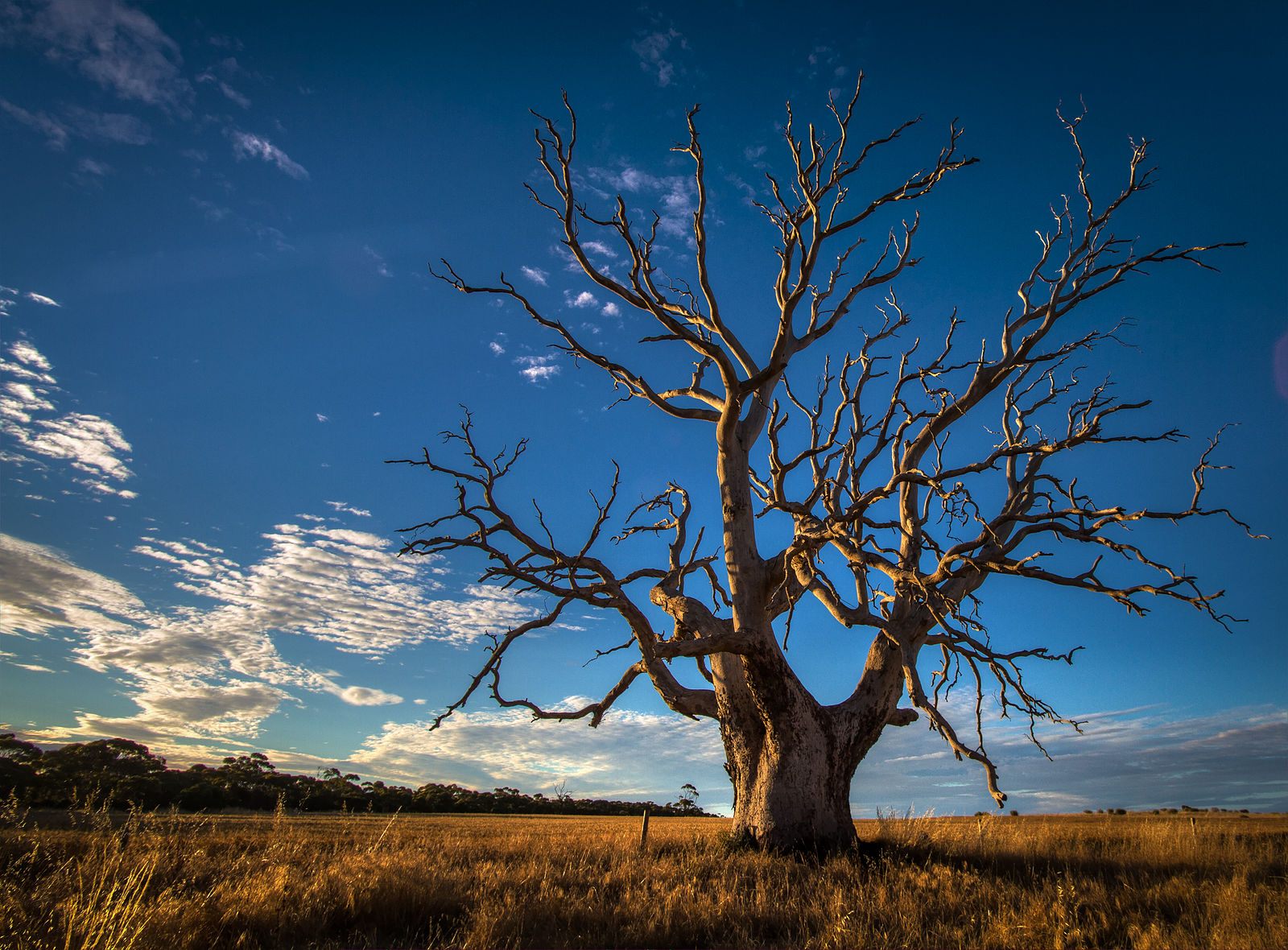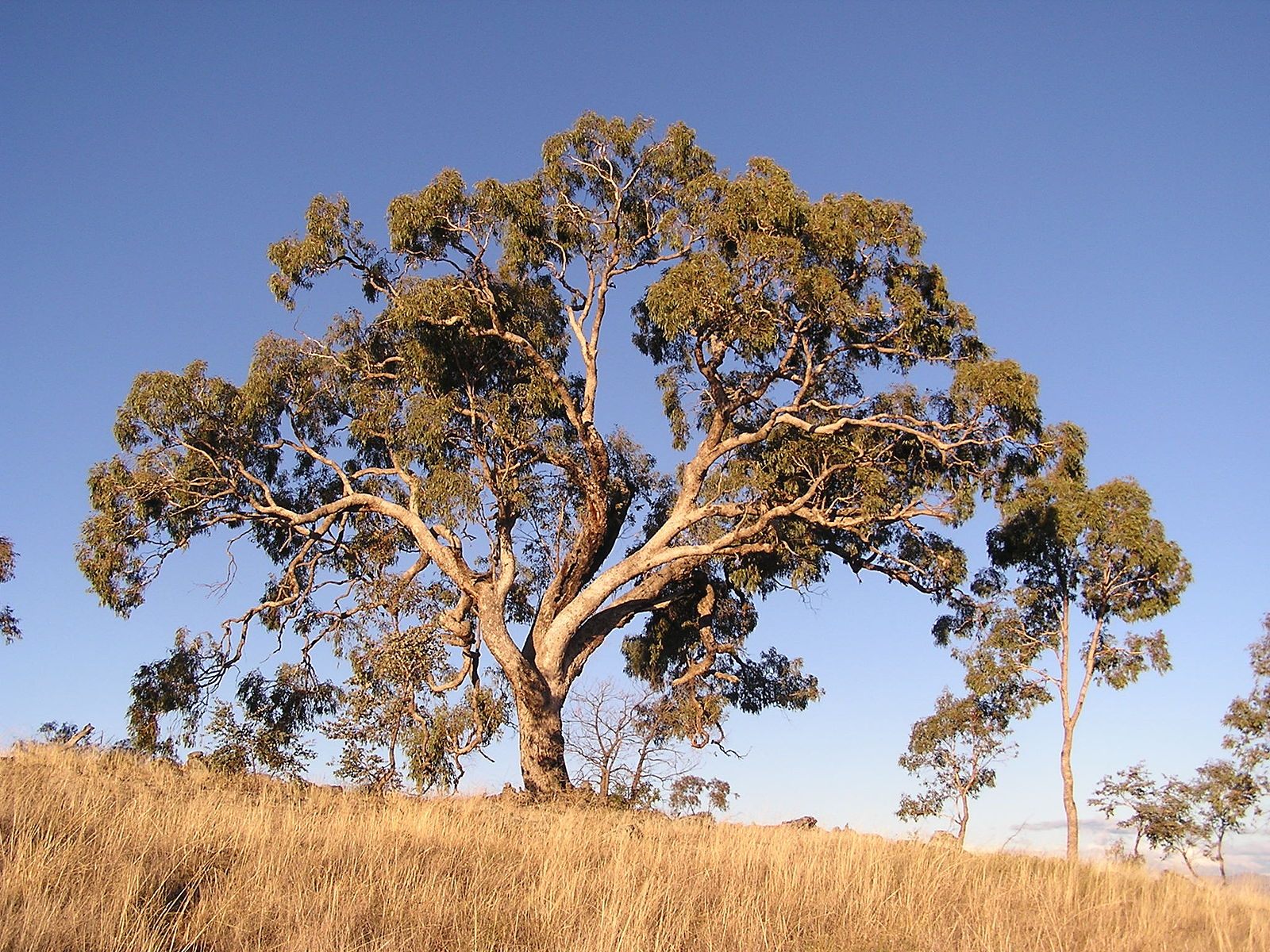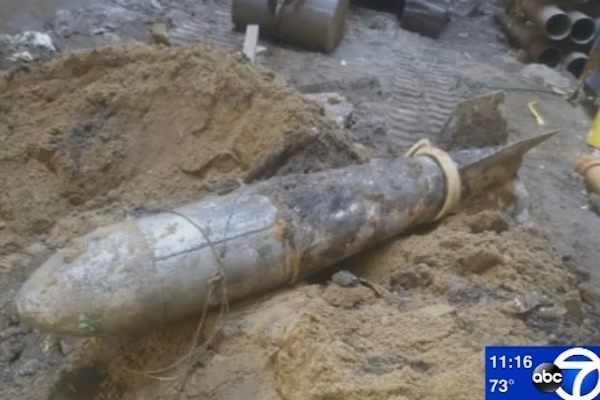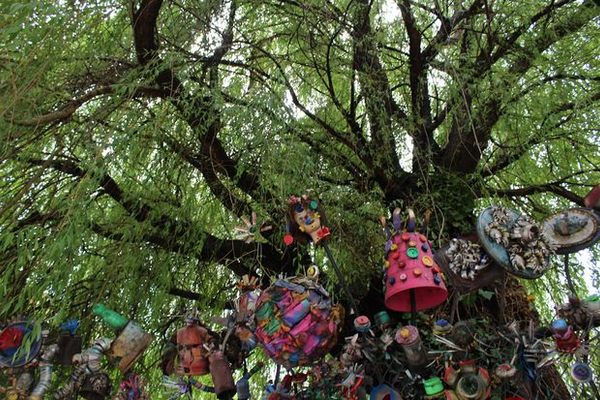What Makes a Tree? It’s Hard to Agree
Five councils in Australia recently got stuck on the question.

Quick: try to define a tree. How big is it? What’s it made of? How is it different than a bush?
Tricky, isn’t it? Several Australian councils found this out the hard way recently while trying to work together on a large road-building project, the Daily Telegraph reports.
The WestConnex motorway project aims to build about 10 miles of new tunnels connecting different roads in Sydney, as well as to widen and extend some of those roads. As per the project agreement, trees chopped down to make way for the new construction are supposed to be replaced as often as possible.
Five different councils were working together to move one part of the project forward—but when they had to write down exactly what a tree is, they got snagged.

City of Canada Bay’s council thought it was “a perennial plant with at least one self-supporting woody or fibrous stem.” Strathfield’s took that definition and tacked on “a height equal to or exceeding 4m.”
Burwood’s went number-heavy: “A woody perennial plant equal to or exceeding 4m in height with a trunk diameter equal to or exceeding 150mm measured at a distance of 1.4m above ground.” And Inner West requires their trees to have “a more or less distinctly elevated crown, the main criterion being ‘form’ rather than ‘size.’”

Eventually, the Telegraph writes, “the state government was forced to intervene,” proposing their own tree definition: “a long lived woody perennial plant greater than, or usually greater than, three meters in height with only one or relatively few main stems or trunks.”
Everyone was cool with that—although it seems no one asked the trees.
Every day, we track down a fleeting wonder—something amazing that’s only happening right now. Have a tip for us? Tell us about it! Send your temporary miracles to cara@atlasobscura.com.














Follow us on Twitter to get the latest on the world's hidden wonders.
Like us on Facebook to get the latest on the world's hidden wonders.
Follow us on Twitter Like us on Facebook